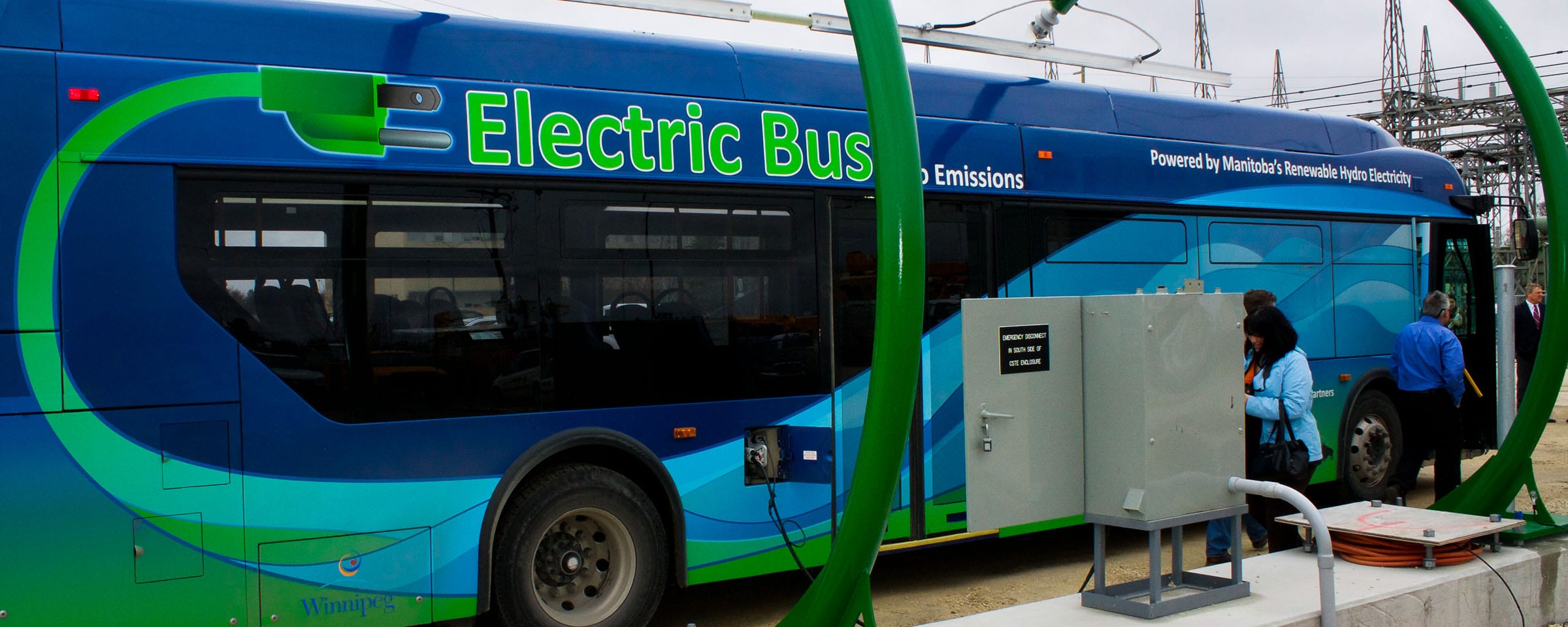Colleges & Applied Research
As originally published in the Canadian Association of University Research Administrators Newsletter.
This article is the first of a series which will, from the college point-of-view, address topics such as:
- applied research
- intellectual property management
- community/industry engagement and partnering models
- faculty/student engagement and curriculum integration
Over the last decade, colleges and polytechnics have become an integral part of Canada’s innovation environment; with a growing number of supports for college-specific applied research at the federal and/or provincial level – as well as by the colleges themselves.
Targetted investments by the Tri-Councils through the College and Community Innovation program in college-based applied research programs have grown from ~$3M in 2004 to ~$48M in 2014. These investments are intended to increase community and/or regional level innovation by building capacity within the college sector to work with local companies, especially Small- and Medium-Sized Enterprises (SMEs); as well as to support applied research and collaborations “that facilitate commercialization, technology transfer, adaptation and adoption of new technologies”. Concurrently, Tri-Council investment in university-based research partnerships have grown. For example, NSERC’s university-focussed partnerships program have grown from ~$180M in 2004 to ~$300M for 2014.
At the same time, the number of NSERC-eligible colleges has expanded from literally a handful to nearly 100 institutions from sea to sea to sea.
Community-based economic development is a key driver of applied research in the college system, which supports industry innovation, productivity, and competitiveness.
“Applied Research” is generally considered to be the application of knowledge, focussed on the resolution of a problem or need (usually identified by industry or other organizations within the community) with the objective of delivering a satisfactory resolution or result. This is distinct from the “basic” or “discovery” research (and related timelines) associated with the university sector. In Colleges, the focus is more on the “how” than the “why”.
Applied research is carried out on a group basis, with students often playing a key role since applied research (especially in the polytechnic model of education) is an integral component of the applied learning experience.
Commercial rights to research results are routinely assigned to industry partners, while the College retains rights for further research and education purposes. Most colleges do not typically engage in the traditional academic “patent and license” model.
Technology “diffusion” (adoption and adaption of technology) is of greater relevance than technology “commercialization” – since college-based applied research is often responding to an industry-specific product, process or service need.
In Canadian colleges, the role of the “applied research” office encompasses those which would normally be found in the typical university research services, technology transfer and industry liaison offices. Partnership and relationship development and maintenance are integral aspects of the job for applied research office personnel.
With the ever-increasing expectation of public investments in research to create impact, not just benefit; the colleges and universities have a complementary and, more often, a collaborative role to play supporting local and regional economic development.
Stay tuned for future articles.

